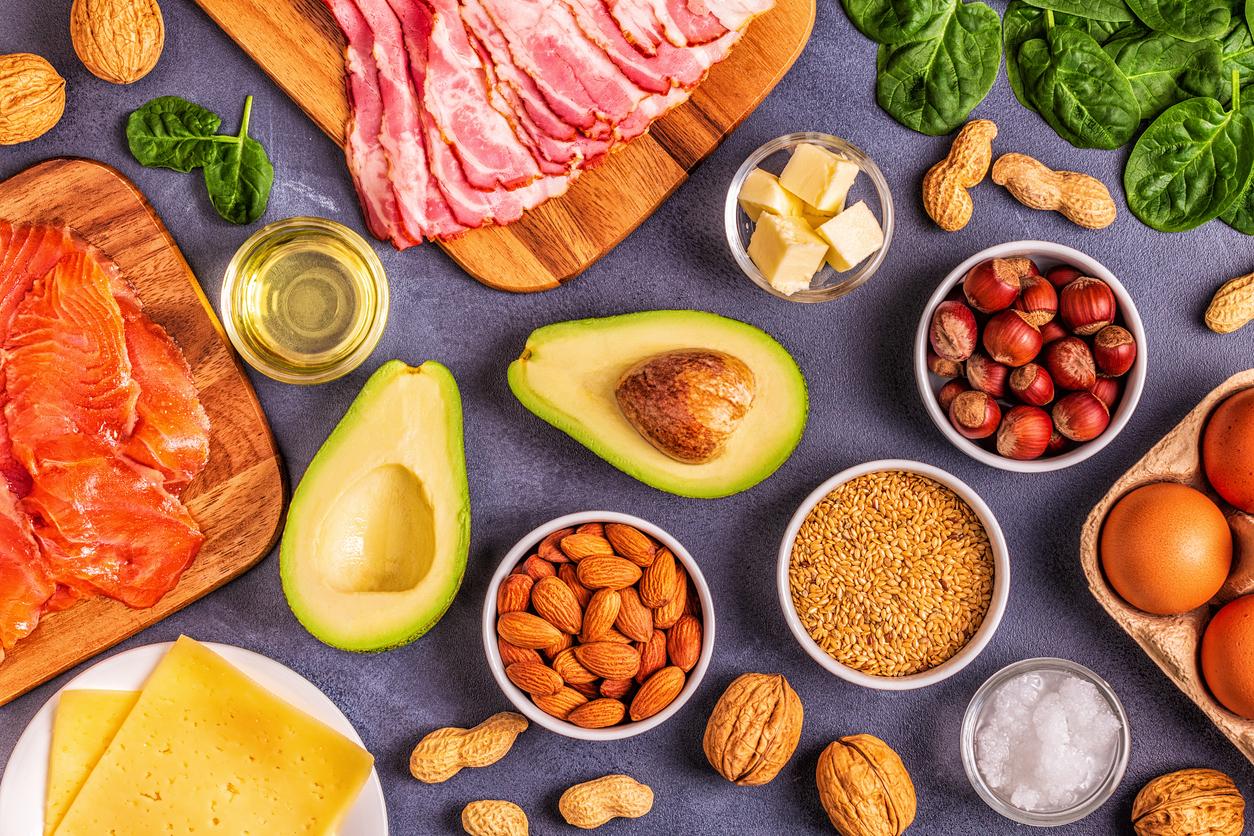Omega 3 are triplets (ALA, EPA and DHA) belonging to the family of polyunsaturated fatty acids. ALA is found in plants (lamb’s lettuce, wheat germ, rapeseed oils, nuts and soy), dairy products and rabbit, EPA and DHA above all in fatty fish (salmon, sardines, tuna, mackerel, including canned). “They do not directly influence the rate of cholesterol, recognizes Dr. Jean-Michel Lecerf, however they are very beneficial in countering its deleterious effects. On the one hand, omega 3s lower the level of triglycerides, on the other hand, they have an anti-inflammatory effect on atherosclerotic plaque and reduce heart rhythm disorders. This is why Eskimos, or Japanese and Cretan fishermen, who eat a lot of fish throughout their lives, have ten times less arterial disease than Westerners. And why all the doctors advise to increase the share of omega 3 in our menus, at the same time as we decrease that of bad fats. The concept is not so complicated: it suffices, for example, to replace sunflower oil with rapeseed oil (2 tablespoons per day), or to take margarine enriched with Omega 3 rather than butter. As we need 1.6 to 2 g of omega 3 per day and the majority of us hardly absorb half of it, certain milks and eggs are also enriched. The benefits of adequate intake have been amply demonstrated. Thus, women who eat fish once a week see their risk of coronary heart disease reduced by 24% compared to those who eat fish less than once a month. For people who have already had a heart attack, two weekly fatty fish meals (the officially recommended dose) reduce recurrences by 73%.
Other polyunsaturated fatty acids, omega 6 lower cholesterol. However, they are not recommended. It has indeed been shown that they promote overweight and inflammation, and that our good health is based on their fair proportion compared to omega 3, which, on the contrary, fight against inflammation. A recent article, published in the “British Medical Journal” in 2013, showed, for example, that if, to reduce the proportion of saturated fats in our diet, we increase the doses of omega 6 polyunsaturated fats (sunflower oil, soy or grapeseed to replace butter and cream), it actually increases your cardiovascular risk instead of improving it. The ideal ratio on our plates: 1 omega 3 for 4 omega 6. However, the share of omega 3 has dropped dramatically in 40 years: the ratio today is around 1 for 15! This is why we must be wary of food supplements and other fortified foods containing omega 6, and go for omega 3 instead.

















